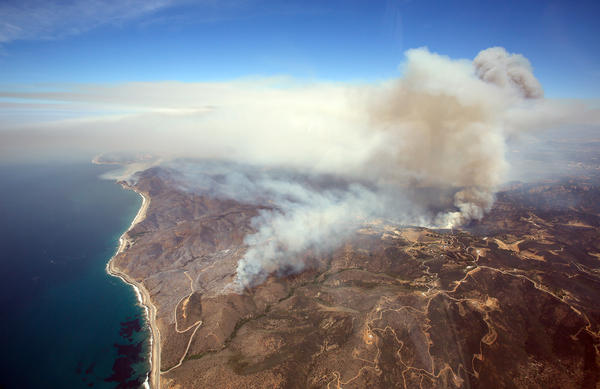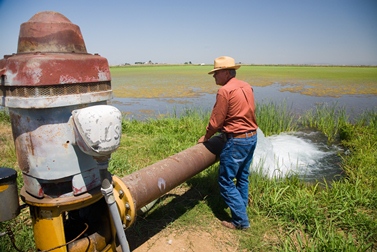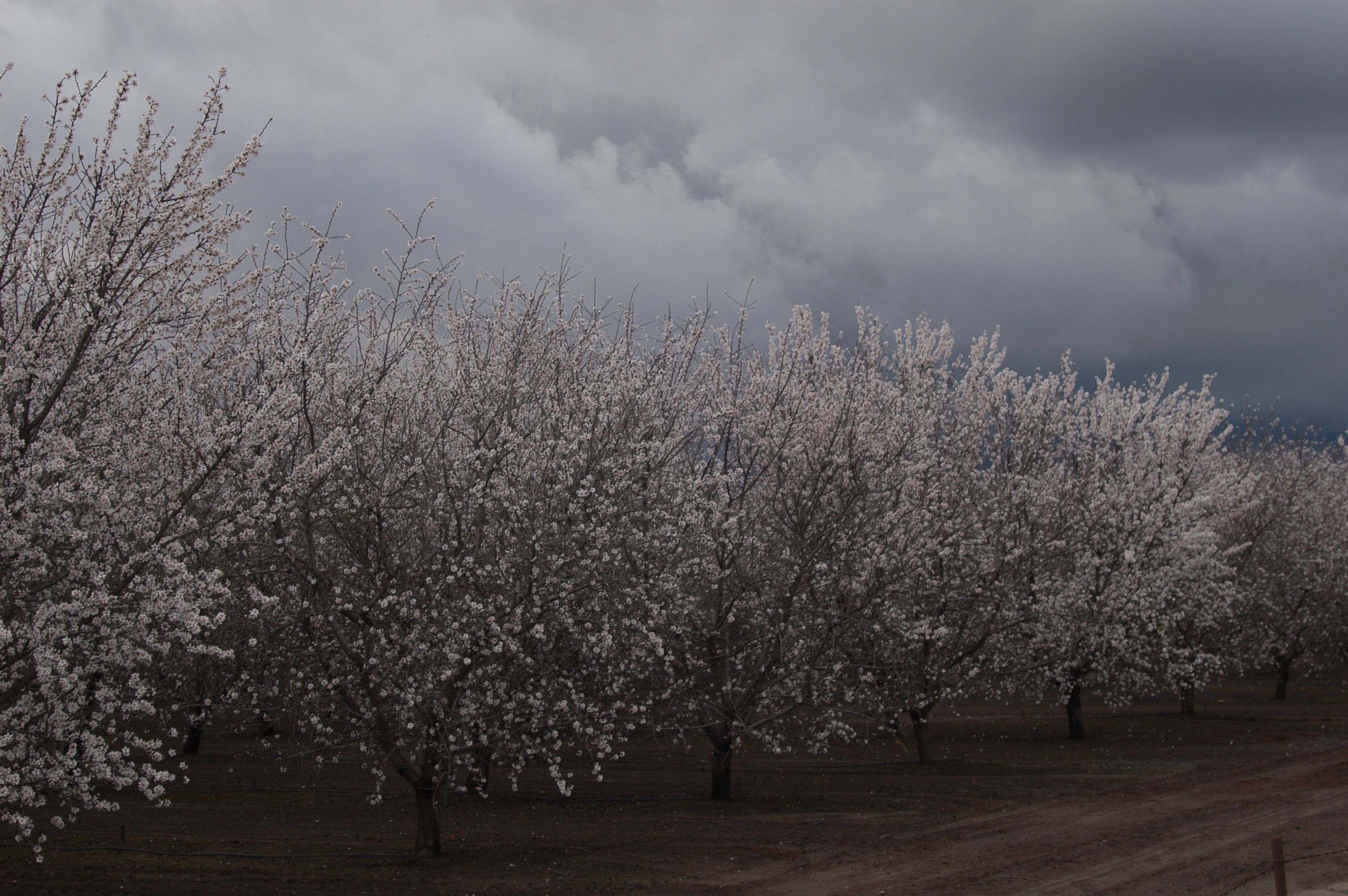Legislation would help manage forests, prevent wildfire
By: Rayne Pegg and Erin Huston; Ag Alert
Last year’s Rim Fire, California’s third-largest fire, understandably garnered a lot of media attention. More than 250,000 acres burned, private property was lost and significant water resources were placed at risk of impairment.
As we enter the 2014 fire season after a winter of significant drought, it is timely to reflect on the series of events that place California at risk of extreme wildfire. It is also important to remember how costly the devastation from just one fire can be. Individually, the Rim Fire cost $130 million to suppress—and this does not include the damage to rural communities, the environment or economic activities that rely on the forest.
California has already experienced numerous fires this season and the outlook for 2014 shows significant wildland fire potential. Fires are historically common in California and can actually prompt a regrowth process for several species. However, we’ve reached a point where fires burn hotter and more frequently than ever. Fires of this intensity and size threaten our rural communities, environment, water supplies, and federal and state budgets.
Devastating wildfires represent a cost associated with not managing our forests. Fires that once burned every 10 to 15 years, naturally, allowed for new tree and vegetation growth and the release of regenerating seed. However, today’s fires are less frequent, cover larger acreage, burn hotter and pose a greater risk to life and property.
Forest management on federal lands to reduce dead trees, thin densely grown areas and remove brush is significantly backlogged and commonly subject to nonsensical litigation, resulting in overgrown tree canopies, increased presence of disease and diminished wildlife habitat. This backlog and inability to properly manage our forests results in a series of destructive wildfire seasons.
Just as homeowners maintain their private gardens to manage overgrowth, weeds and dead plants so healthy plants can thrive, our forests need to be managed. But timber harvesting and thinning of trees have become fraught with litigation, which has left forestland to become overgrown with trees and underbrush, making it perfect habitat for forest fires.
Timber harvesting is often depicted as clear cutting that results in our lush forests looking like vacant lots. But most forestry in California consists of selective harvest, limited to younger trees within a range of height and width. Older-growth trees are left to grow and stabilize the soil, while dry brush and dead trees are cleared from the forest floor. Thinning out only selected trees and clearing the forest floor of dead brush creates spacing for new, beneficial vegetation and reduces overgrown brush and dry vegetation.
We also need to recognize that rural towns rely on foresting jobs to survive. Though growing marijuana is becoming popular in these areas, the money generated from that activity does not stay in the community and support local schools, public services or roads.
Because not enough money has been set aside in the federal budget to fight wildfires, money for forest-management activities ends up being robbed. Here’s how: The U.S. Forest Service and the Department of the Interior are the two federal entities responsible for wildfire suppression. Suppression funding levels are based on the 10-year average of suppression costs; currently, that’s not enough to provide the necessary level for suppression activities nationwide. When suppression funding runs out, which happens regularly, both the USFS and DOI have the authority to transfer funds from within their budgets to make up for shortfalls. So money is usually taken away from non-suppression programs, including land management programs that decrease long-term wildfire risk and costs.
In the last two years, more than $1 billion was taken from 2013 and 2014 appropriations bills to repay the transfers from 2012 and 2013. It is estimated that the fiscal year 2014 wildfire season suppression is underfunded by $470 million, which will likely lead to another round of transfers that will again short-change forest management and other programs.
For this reason, the California Farm Bureau Federation is a member of the Partner Caucus on Fire Suppression Funding Solutions, a diverse coalition working to pass legislation known as the Wildfire Disaster Funding Act. The WDFA would change the approach to funding wildfire suppression by developing a wildfire emergency funding process for a portion of USFS and DOI suppression activities similar to funds for other natural disasters such as hurricanes, floods and tornadoes.
The legislation would treat catastrophic wildfires as the “predictable” emergencies that they are and provide a more reliable funding structure that does not harm land management and wildfire risk-reduction activities. In the rare case it should become necessary, USFS and DOI would retain their financial transfer authorities.
We must plan for catastrophic wildfires and manage our forests. Rather than relying on annual emergency appropriations to suppress fires we expect, this legislation provides a consistent, predictable funding stream that protects critical forest management activities that benefit the California economy and our forests.




















